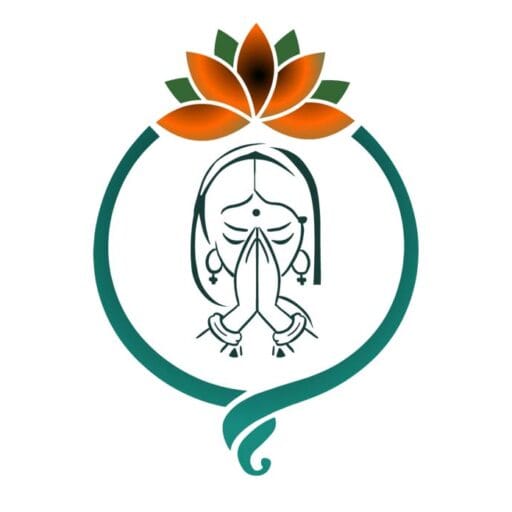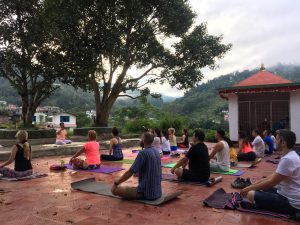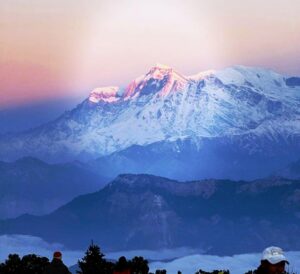Before traveling to Nepal, it’s essential to prepare adequately to ensure a safe and enjoyable journey. Here’s a checklist of things to do before your trip to Nepal:
- Obtain the Necessary Travel Documents:
- Ensure your passport is valid for at least six months beyond your planned departure date.
- Apply for a tourist visa for Nepal at your nearest Nepalese embassy or consulate. You can also get a visa on arrival at the airport, but it’s more convenient to obtain it beforehand.
- Research and Plan Your Itinerary:
- Research the regions and attractions you want to visit in Nepal.
- Plan your itinerary, including the places you want to explore, the duration of your stay, and your travel dates.
- Vaccinations and Health Precautions:
- Consult with a healthcare provider to get recommended vaccinations, such as hepatitis A and B, typhoid, and tetanus.
- Consider taking malaria prophylaxis if you’re visiting lowland areas.
- Carry a basic first aid kit with essentials like adhesive bandages, pain relievers, and any personal medications you may need.
- Travel Insurance:
- Purchase comprehensive travel insurance that covers medical emergencies, trip cancellations, and evacuation if necessary.
- Currency and Finances:
- Exchange some currency (Nepalese Rupees – NPR) before your trip or upon arrival at the airport.
- Inform your bank of your travel plans to avoid any issues with using your credit/debit cards in Nepal.
- Packing Essentials:
- Pack suitable clothing for the season and region you’ll be visiting, including layers for changing weather conditions.
- Don’t forget essentials like a sturdy pair of walking shoes, a rain jacket, and a hat.
- Consider a good quality backpack for trekking if you plan to hike.
- Bring a universal power adapter and voltage converter if needed.
- Travel Accessories:
- Purchase or bring a good-quality local map and guidebook for your destination.
- Consider a portable charger or power bank for your electronic devices.
- Carry a photocopy of your passport, visa, and important documents in case of loss or theft.
- Communication:
- Check with your mobile carrier about international roaming plans or consider purchasing a local SIM card in Nepal for data and calls.
- Learn Basic Phrases:
- Familiarize yourself with basic Nepali phrases or carry a phrasebook to help with communication.
- Travel Safety:
- Register with your embassy or consulate in Nepal for safety updates and alerts.
- Share your itinerary with a trusted friend or family member.
- Keep a copy of your passport, visa, and important documents in a secure location.
- Adventurous Activities:
- If you plan to engage in adventurous activities like trekking or mountaineering, ensure you are physically fit and consider hiring a guide or porter.
- Respect Local Customs and Culture:
- Research the local customs, traditions, and etiquette to show respect for the culture and people of Nepal.
- Budget and Money Management:
- Create a travel budget and monitor your expenses to ensure you stay within your financial limits.
- Emergency Contacts:
- Carry a list of emergency contacts, including local authorities, your embassy or consulate, and your travel insurance provider.
- Weather and Seasonal Considerations:
- Check the weather conditions for your travel dates and pack accordingly.
- Travel Precautions:
- Stay updated on travel advisories and safety recommendations for Nepal, especially if you plan to visit remote areas.
Remember that Nepal is a diverse country with varying climates and landscapes, so your preparations should be tailored to your specific plans and preferences. Planning ahead will help you make the most of your visit to this beautiful and culturally rich country.
First time traveling to Nepal?
Local Tips or information make your visit easy.
- Kathmandu Airport is relatively small, so you won’t spend much time there.
- You’ll find plenty of taxi options (post-paid and pre-paid) outside the airport.
- If it’s your first time traveling, consider arranging for a taxi through your hotel, homestay, resort, or trekking agency.
- Taxis typically charge around Rs. 500 for transportation within the city from the airport.
- Kathmandu valley’s roads can be chaotic, with sporadic traffic and a lack of adherence to traffic rules by drivers, including bikers and taxis.
- Traffic lights can also slow down your commute.
- Despite the relatively short distance, it can take over an hour to travel from the core city to the villages in Kathmandu Valley.
- Kathmandu Valley is a UNESCO World Heritage Site, offering a wealth of cultural and historical attractions.
- When visiting temples and city squares, be cautious of vendors who might overcharge you for their wares.
- Some individuals posing as Sadhus might ask for money for blessings. Genuine Sadhus typically don’t ask for money, and they can be hard to find.
- Be vigilant about encountering fake Sadhus and bogus tourist guides.
- Bargain when purchasing goods to ensure a fair price.
- The distance from Kathmandu to Pokhara is approximately 250 km, but the road is narrow, with heavy traffic, leading to a travel time of 5 to 10 hours, depending on road conditions.
- Consider taking a bus from Kathmandu to Pokhara or Chitwan, either with air conditioning or local buses, which can be found online through company websites or contact numbers.
- Stock up on food before leaving the Kathmandu Valley, as prices can be inflated outside the city.
- Always drink filtered water and wash fruits with clean water.
- While street food may look enticing, it’s advisable to avoid it, especially if you’re not accustomed to the local cuisine.
- After spending some time in Nepal and acclimatizing, you can try street food, but choose clean areas.
- Nepal experiences diverse weather within the same month. Be prepared for warm and cold conditions depending on your destination. Pack both summer and winter clothing.
- For trekking, it’s important to know that solo trekking is generally not allowed by the Nepalese government. Always hire a licensed trekking guide.
- While cost matters, prioritize finding an affordable guide with the necessary license.
- Ensure you’re well-informed about the trek, including the season, duration, weather, and cost.
- Know the altitude you’ll be trekking to and what essentials you’ll need.
- Nepal boasts over 26,000 licensed guides, and you can choose between a personal guide or a trekking company.
- Nepal is renowned for “Yoga Trekking,” but consider practicing basic yoga, Pranayam, and meditation suitable for high-altitude areas.
- Simplicity in yoga and meditation is often more effective at high altitudes.
- For yoga and trekking inquiries, feel free to ask us for information and guidance.
- Nepalese people are welcoming and kind, so don’t hesitate to seek help when needed.
- Be cautious of individuals who might exploit you for money, and trust only reputable companies and individuals for trekking.
- Purchase a Nepalese mobile SIM card to access 3G or 4G internet throughout most places in the country.
- Carry a power bank or solar charger for your mobile devices.
- Use a good-quality water bottle and switch to warm water at altitudes above 3,000 meters.
- Allocate extra days for trekking to account for potential weather-related delays.
- Consider practicing yoga before and after your trek for physical and mental well-being.
- We offer comprehensive trekking preparation and assistance. Spend a week with us to learn about your trekking area and prepare adequately.
- We can help you find the best guides and trekking companies for solo or group trekking.
- Many people visit our Yoga retreat after trekking to relax, stretch their bodies, and gain knowledge.
- We are a highly-rated yoga and trekking provider in Nepal. Search for “Niru Yoga Homestay with yoga retreat center” on Google for more information.
- Nepal is renowned for yoga, Pranayam, meditation, and various cultural and spiritual practices.
- Nepal is like an empty book waiting to be filled with new experiences and knowledge.
- Google Maps can be unreliable in remote areas, so purchase a reliable local map for trekking.
- Respect people’s privacy when taking photos, and ask for permission when necessary.
- Nepali culture often includes offering free tea, food, and accommodation to guests.
- Avoid walking after sunset in areas with wildlife. Professional guides or safaris are recommended for wildlife exploration.
- Prior to any activities, research the situation, weather, paths, maps, and other relevant information.
- The best times to visit Nepal are August to November and March to May, but Nepal’s weather allows for travel year-round.
- When choosing accommodation, be discerning about reviews and verify their authenticity across multiple platforms.
- Opt for homestays to immerse yourself in Nepali culture and lifestyle.
- Nepal has a rich yoga tradition, especially in Bhaktapur, where yoga is practiced widely.
- We will update this article in the future, so feel free to ask any questions.
- Ensure you understand the fixed prices and what is included in any services you purchase.
- Verify that accommodations match their online descriptions and photos.
- Confirm the qualifications and experience of yoga teachers in places offering yoga classes.
- Yoga is a popular practice in Nepal, with many locals engaging in daily sessions.
- We hope your visit to Nepal is both successful and enriching. Namaste!




